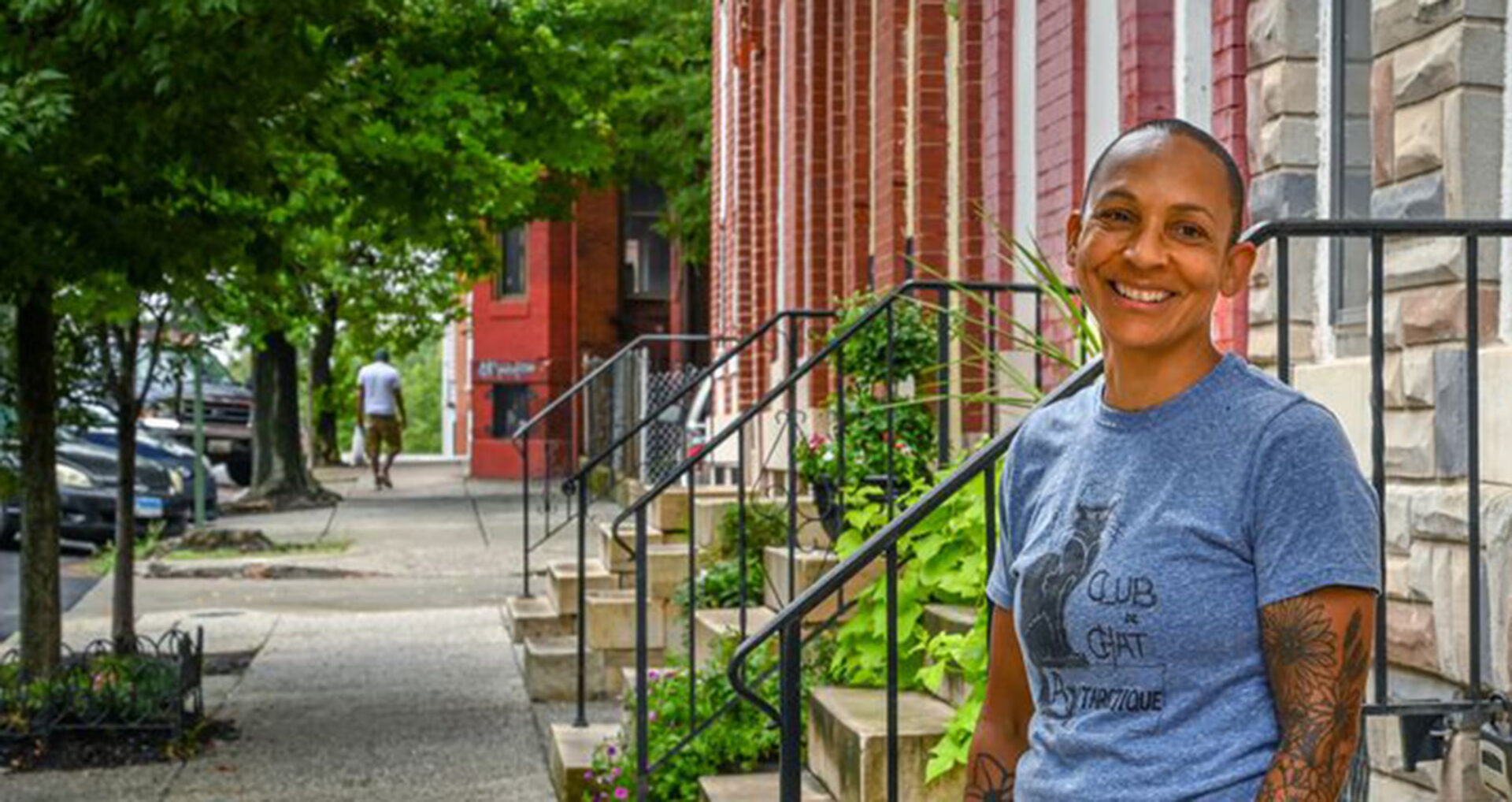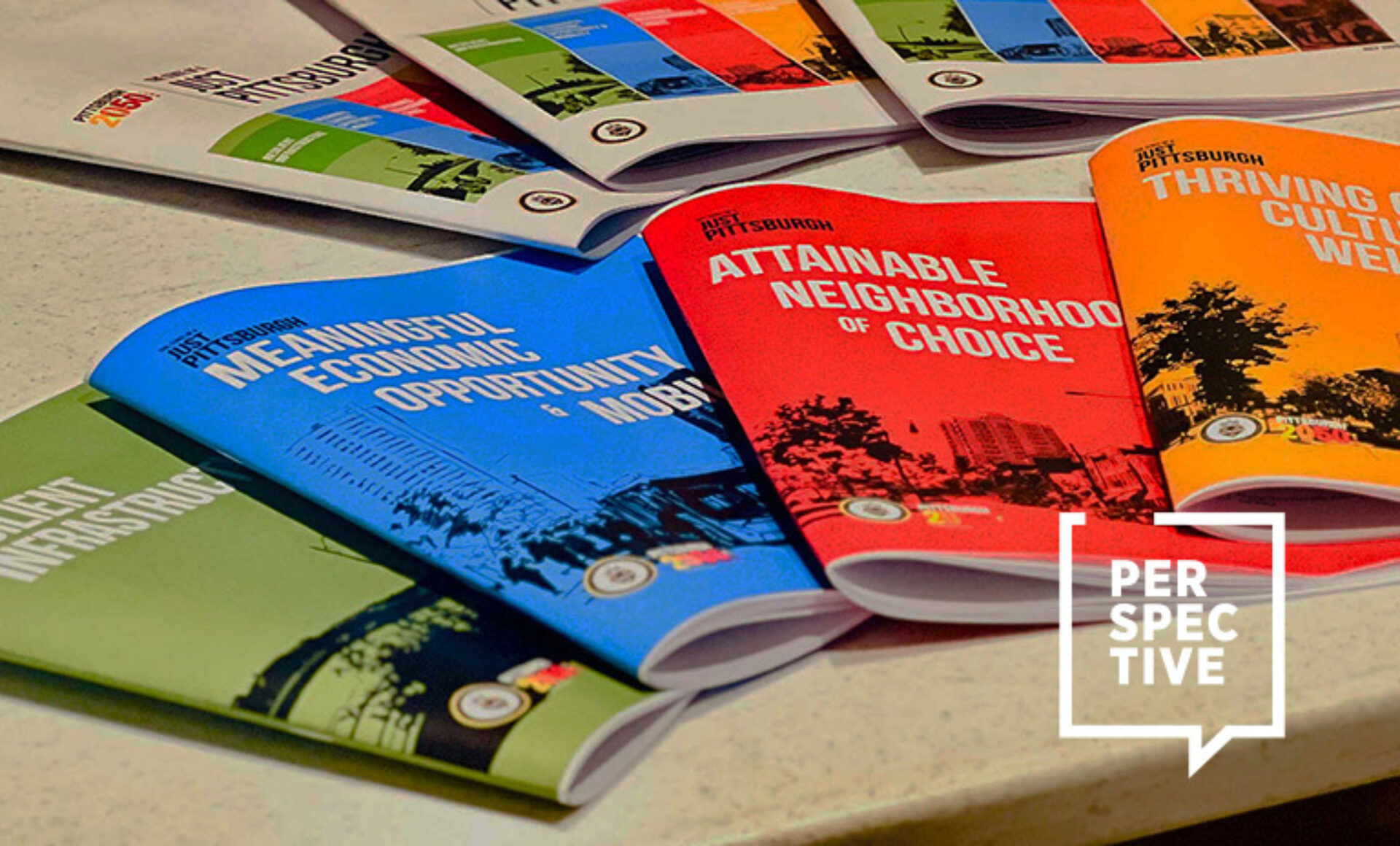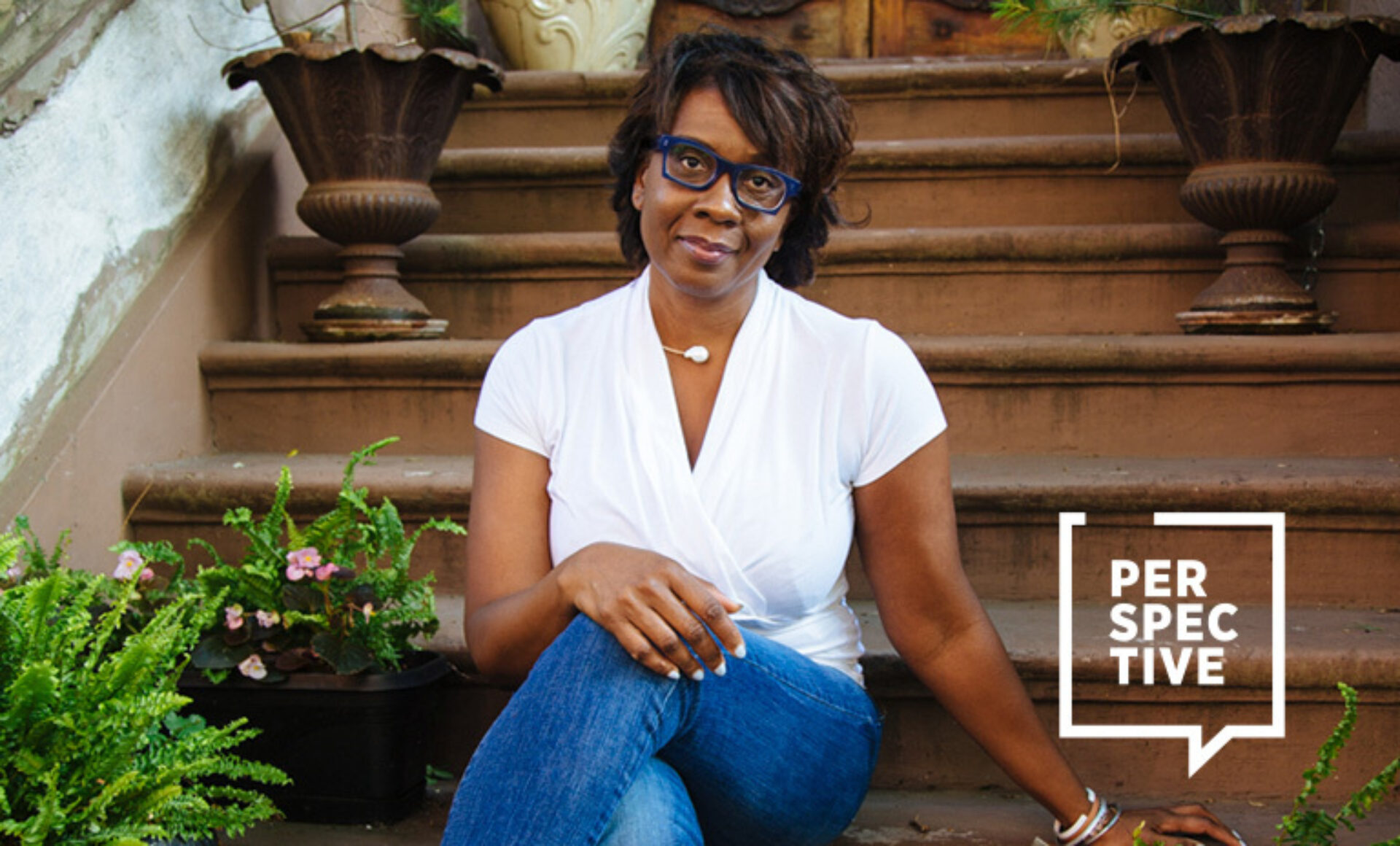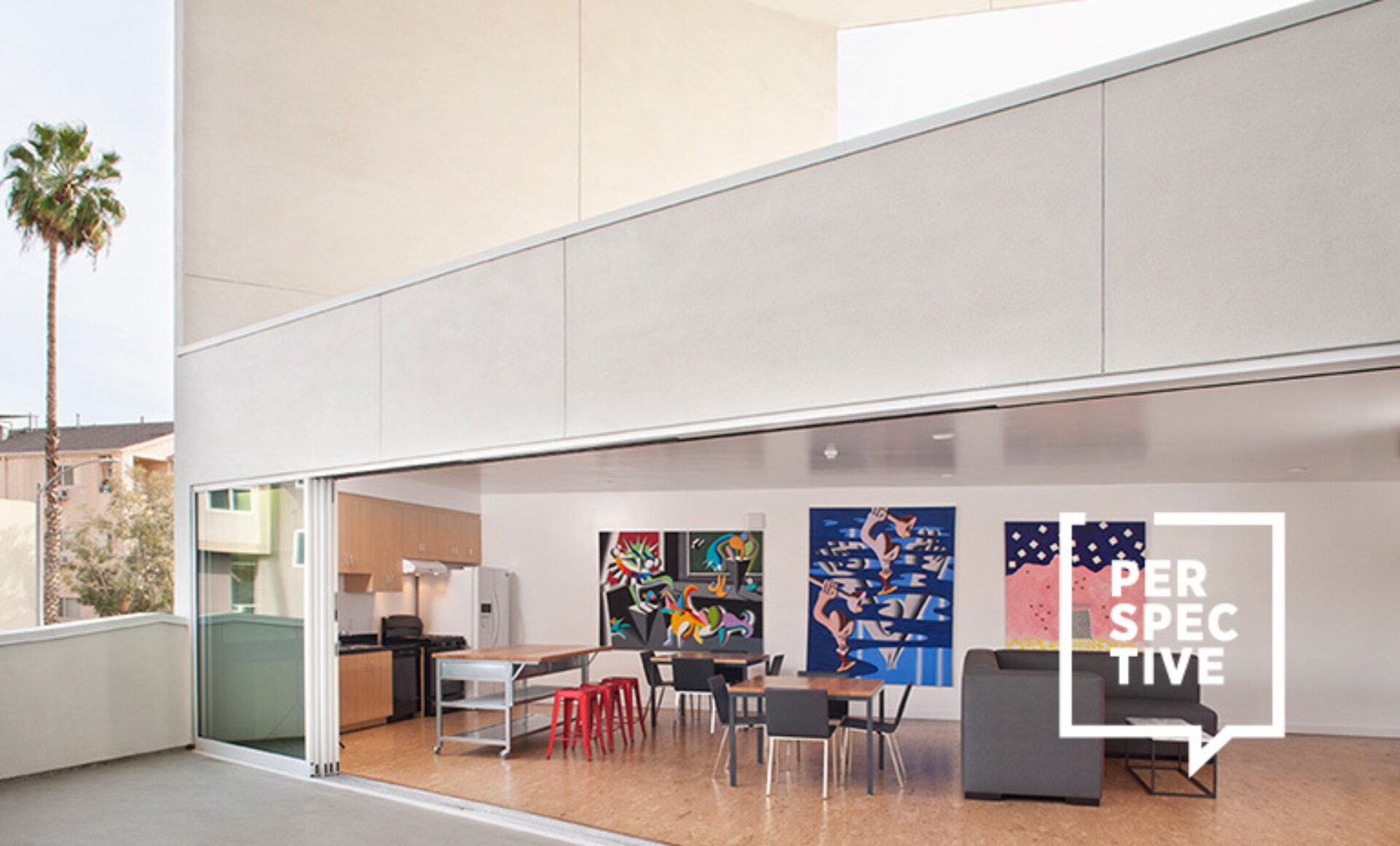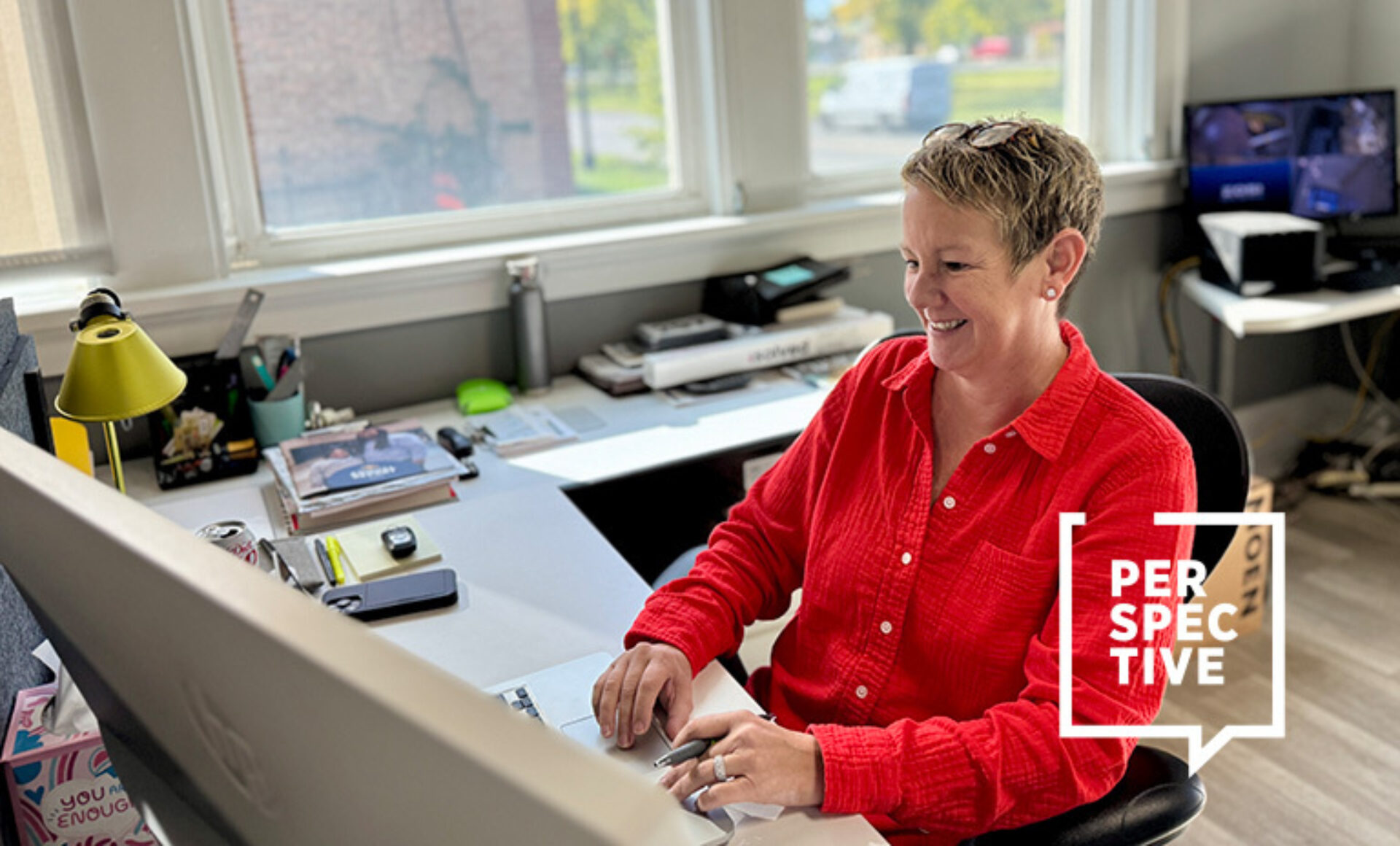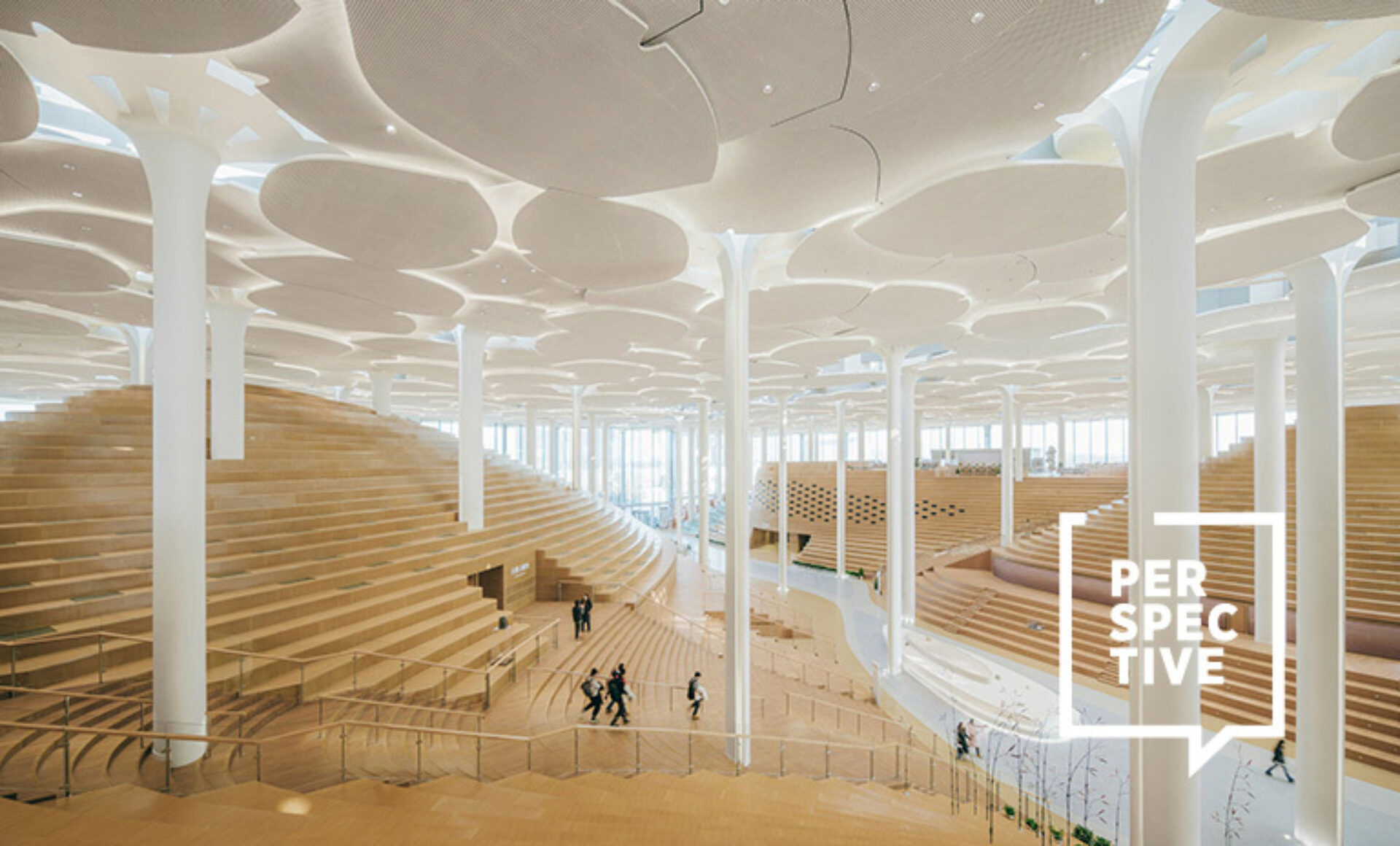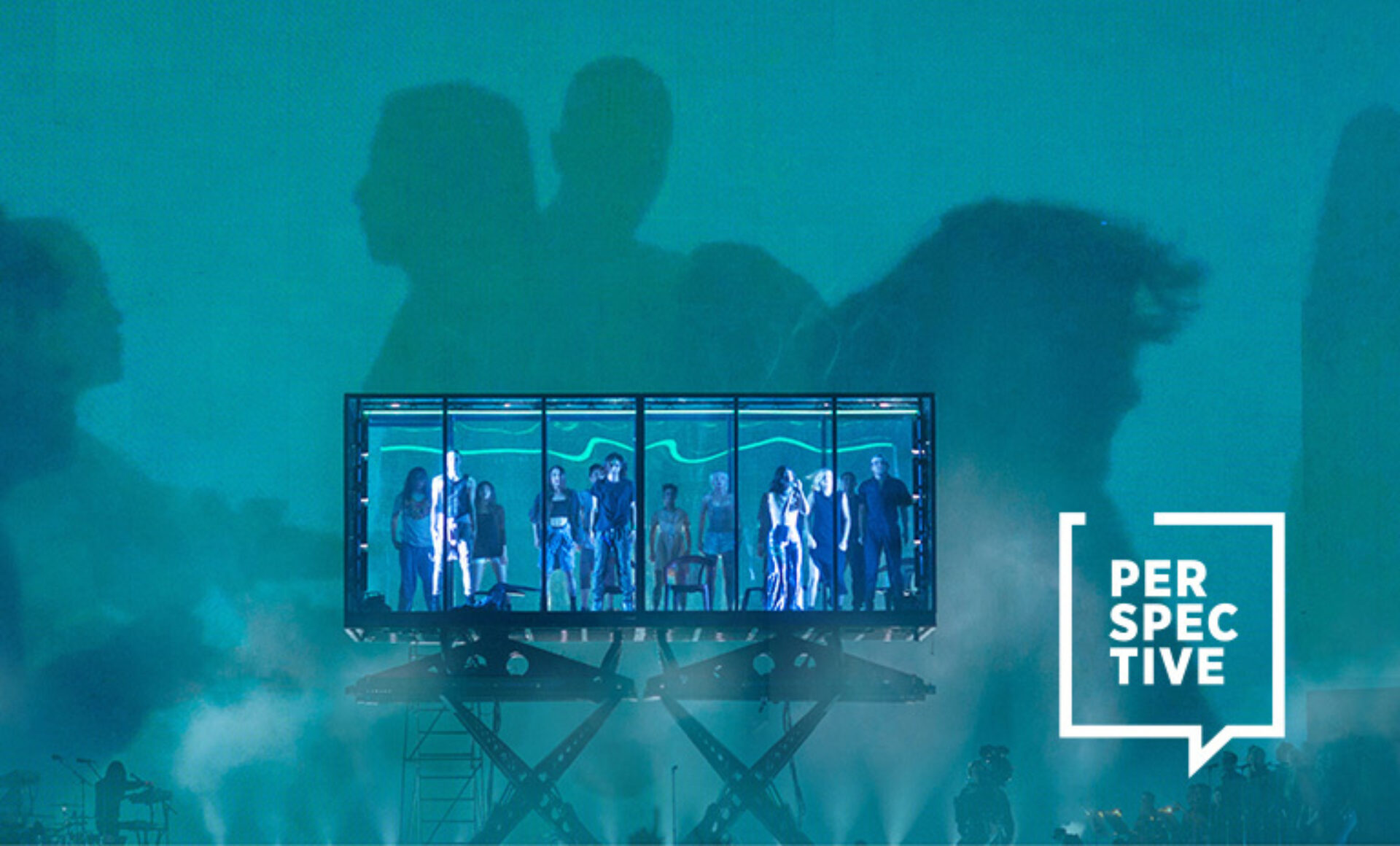(Above: Shelley Halstead of Black Women Build-Baltimore. Photo by Jerry Jackson courtesy of Black Women Build-Baltimore)
What does it mean to move into the future as a woman who designs for the built environment? Whether it’s through reimagining how we think about designing place, through the use and development of materials, or encouraging new ways to think about the future, women are considering how our work can be implemented to support a changing world and culture. We highlight five woman designers who are redefining what it means to design for the future
ACTIVISM THROUGH TRANSFORMATION
Shelley Halstead
Black Women Build-Baltimore
Shelley Halstead, a 20-year carpenter-turned-corporate-attorney recognized the potential in the disinvested neighborhoods and empty homes in West Baltimore after moving from D.C. to practice law. Through Black Women Build-Baltimore, founded in 2017, she reclaims entire city blocks home by home, and recruits Black women and community members to help rebuild, and ultimately acquire, the homes. Women are not only acquiring the skills needed to maintain their homes, but they are learning marketable construction trades, a career that’s both male-dominated and currently experiencing a worker shortage. Paired with financial education, cohorts of Black women emerge from the program with a foundation for community, and tools to become homeowners. Black Women Build-Baltimore’s strategy transforms racially disinvested and redlined neighborhoods, and offers personal growth opportunities for Black women by advancing economic and social justice, and providing an equitable and community-centric future.


PRISMATIC LIGHT MEETS THE FUTURE
Kimsooja
Weaving the Light
The South Korean artist Kimsooja transformed Cisternerne, a cavernous underground reservoir-turned arts space in Copenhagen into a place where light and darkness, water and delicate sound are woven together into a psychedelic experience that is constantly in flux. Using the arched architectural features to frame refracted light along with etched diffraction film panels and water on the floor, the work provides an opportunity to be immersed in both darkness and the power of light. The immersive light paintings feel both magical and futuristic all at once, combining high-tech materials, and the omnipresent power of prismatic light into a “sacred sea.”

FUTURE ROLES OF THE BUILT ENVIRONMENT
Claudia Pasquero
Otrivin AIRlab
Co-founder of ecoLogicStudio, an architecture and innovation firm specializing in biotechnology. Partnering with research labs they create and develop projects that reimagine the role of the built environment, engineering ways to purify the air, recapturing pollutants and regenerating oxygen. The Otrivin AIRlab is a nature-based circular economy where microalgae harvests biomass from the air to be converted into bioplastic and 3D printing biodegradable polymers, used to print products that support our respiratory health, like the NetiPot. Designed to be integrated into the public urban realm, encouraging experimental thinking and an awareness on the impact of air quality to public health in a post-pandemic work where the climate is rapidly shifting.
(Below: Claudia Pasquero harvests carbon dioxide captured by microalgae to be used in engineering biodegradable polymers. Image courtesy of ecoLogicStudio, ©NAARO)

LOOKING BACK TO LOOK FORWARD, SUSTAINABLY
Yasmeen Lari
Architecture for the Future
Pakistan's First Woman Architect, Lari designed iconic modernist buildings before shifting her focus to a low-carbon, self-build movement for climate refugees and the landless; reexamining the role of architecture in the climate crisis. In the wake of the 2005 Kasmir earthquake that took nearly 80,000 lives and leveled more than 32,000 buildings, Lari implemented her system of zero-carbon architecture utilizing local economies, natural materials like mud, lime, and bamboo prioritizing the poor and landless that lost their homes. She provided training in self-building and women-centered ways of working that has produced tens of thousands of flood and earthquake-resistant homes alongside sanitation infrastructure, community facilities, and a low-smoke stove. Building for the poor in climate-affected areas, she leans on traditional methodologies and materials or heritage buildings that are resilient and climate-friendly as they utilize what is naturally available, and have withstood the test of time. As Pakistan faces some of the most devastating effects of the climate crisis, Lari’s work is essential in preserving life, livelihoods, and communities. In May, MIT Press will publish Yasmeen Lari: Architecture for the Future, a biography of Yasmeen Lari featuring photographs, drawings, and essay, some previously unpublished.


SOLAR FUTURES: POSSIBILITIES IN SOLAR POWER
Marjan van Aubel
Author of Solar Futures: How to Design a Post-Fossil World with the Sun
The eponymous Marjan van Aubel Studio sets out to create lasting change through integrating solar power seamlessly into the built environment as apparatus or object. Award-winning projects include the Sunne solar light, which captures the sun’s energy, mimics its glow, and provides a sleek and modern solar-powered lamp; and Ra, inspired by the Egyptian sun god Ra which turns solar energy into a piece of art using organic photovoltaics and electroluminescent paper. Van Aubel hopes to inspire others to invest and innovate in solar through her book, and in 2022 launched The Solar Biennale, and initiative with designer Pauline van Dongen to focus on the human angle of solar power—investigating how place-specific energy and cultural practices will determine how solar is used in a post-carbon future.


